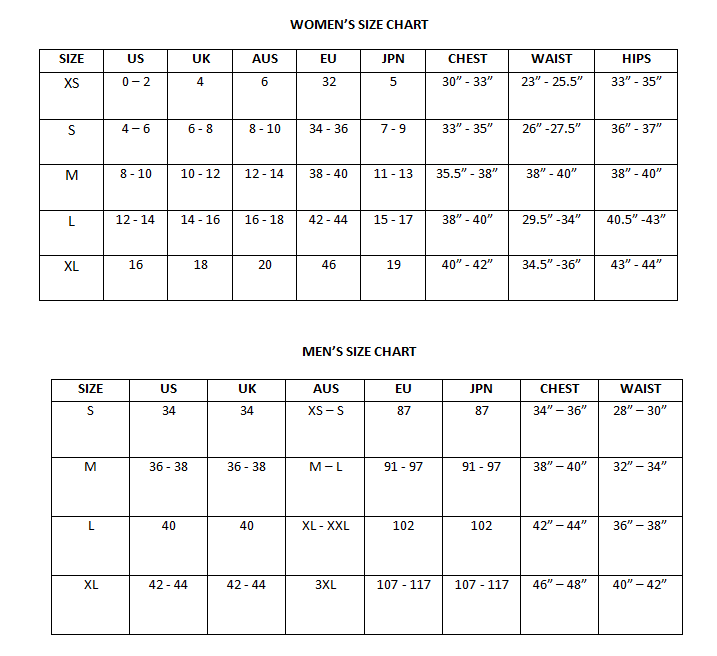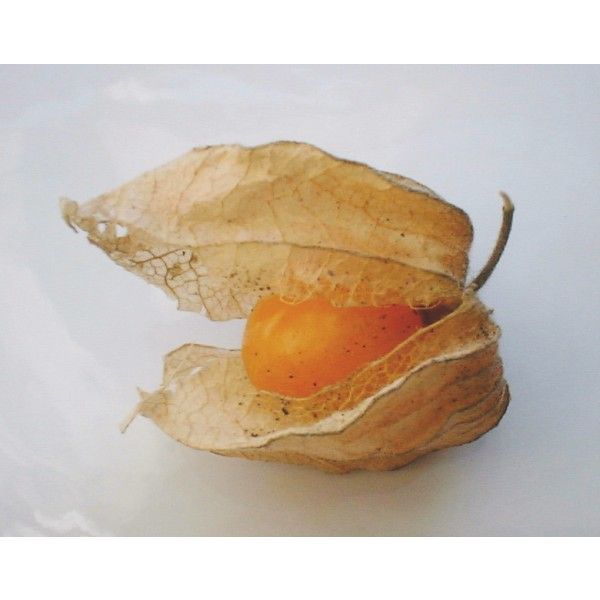Physalis Peruviana Seeds (Cape Gooseberry)
Physalis Peruviana Seeds (Cape Gooseberry)
Produces yellow fruits that can be used for their antioxydant benefits.

Delivery
All orders shipped with UPS Express.
Always free shipping for orders over US $250.
All orders are shipped with a UPS tracking number.
Returns
Items returned within 14 days of their original shipment date in same as new condition will be eligible for a full refund or store credit.
Refunds will be charged back to the original form of payment used for purchase.
Customer is responsible for shipping charges when making returns and shipping/handling fees of original purchase is non-refundable.
All sale items are final purchases.
Help
Give us a shout if you have any other questions and/or concerns.
Email: contact@domain.com
Phone: +1 (23) 456 789
Availability: In stock
SKU
Physalis peruviana
Physalis peruviana, commonly known as the Cape Gooseberry or Golden Berry, is a small, perennial plant native to the Andes in South America. This species is valued for its sweet and tangy fruit, which is encased in a papery husk resembling a lantern, giving the plant its distinct appearance.
The plant grows as a shrub or small bush, typically reaching 60 cm to 1 meter (2 to 3 feet) in height. It features broad, ovate leaves and produces small, yellow flowers that give way to the signature golden berries. The fruit is round, orange-yellow, and typically about 2 to 3 cm (0.8 to 1 inch) in diameter. It has a unique, tart-sweet flavor, and is often eaten raw or used in jams, desserts, and beverages.
Cape Gooseberry plants thrive in well-drained, fertile soil and prefer full sun exposure. They are adaptable to a range of climates, though they do best in USDA zones 10-11, where the temperatures remain warm year-round. In cooler regions, they can be grown as annuals or in containers, allowing them to be moved indoors during the colder months.
This plant is relatively low-maintenance, requiring regular watering and occasional pruning to maintain shape and promote fruiting. Once the fruits ripen, they drop from the plant, revealing their characteristic husk. The berries are rich in vitamins A, C, and antioxidants, making them a healthy addition to the garden and kitchen.
Physalis peruviana is an excellent choice for edible gardens, container planting, or as a decorative plant in garden beds. With its unique fruit, attractive husks, and health benefits, it is a versatile and eye-catching addition to any garden.
| Label | Physalis peruviana |
|---|---|
| Common name | Cape Gooseberry |
| Family | Solanaceae |
| Genus | Physalis |
| Species | Physalis peruviana |
| Therapeutic uses | Scientific studies of the cape gooseberry show its constituents, possibly polyphenols and/or carotenoids, demonstrate anti-inflammatory and antioxidant properties. The crude extract of the fruit-bearing plant has demonstrated antihepatoma and anti-inflammatory activities. |
| Germination | Physalis peruviana is a PERENNIAL growing to 1.2 m (4ft). It is hardy to zone 8 and is frost tender. It is in flower from Jul to October, and the seeds ripen from Aug to November. The flowers are hermaphrodite (have both male and female organs) and are pollinated by Bees, wind. Suitable for: light (sandy), medium (loamy) and heavy (clay) soils, prefers well-drained soil and can grow in nutritionally poor soil. Suitable pH: acid, neutral and basic (alkaline) soils and can grow in very acid and very alkaline soils. It can grow in semi-shade (light woodland) or no shade. It prefers moist soil. Seed in a greenhouse only just covering the seed. Germination usually takes place quickly and freely. Prick out the seedlings into individual pots of fairly rich soil when they are large enough to handle and plant them out after the last expected frosts. Consider giving them some protection such as a cloche until they are growing away well. |
| Price View | Price Range |

